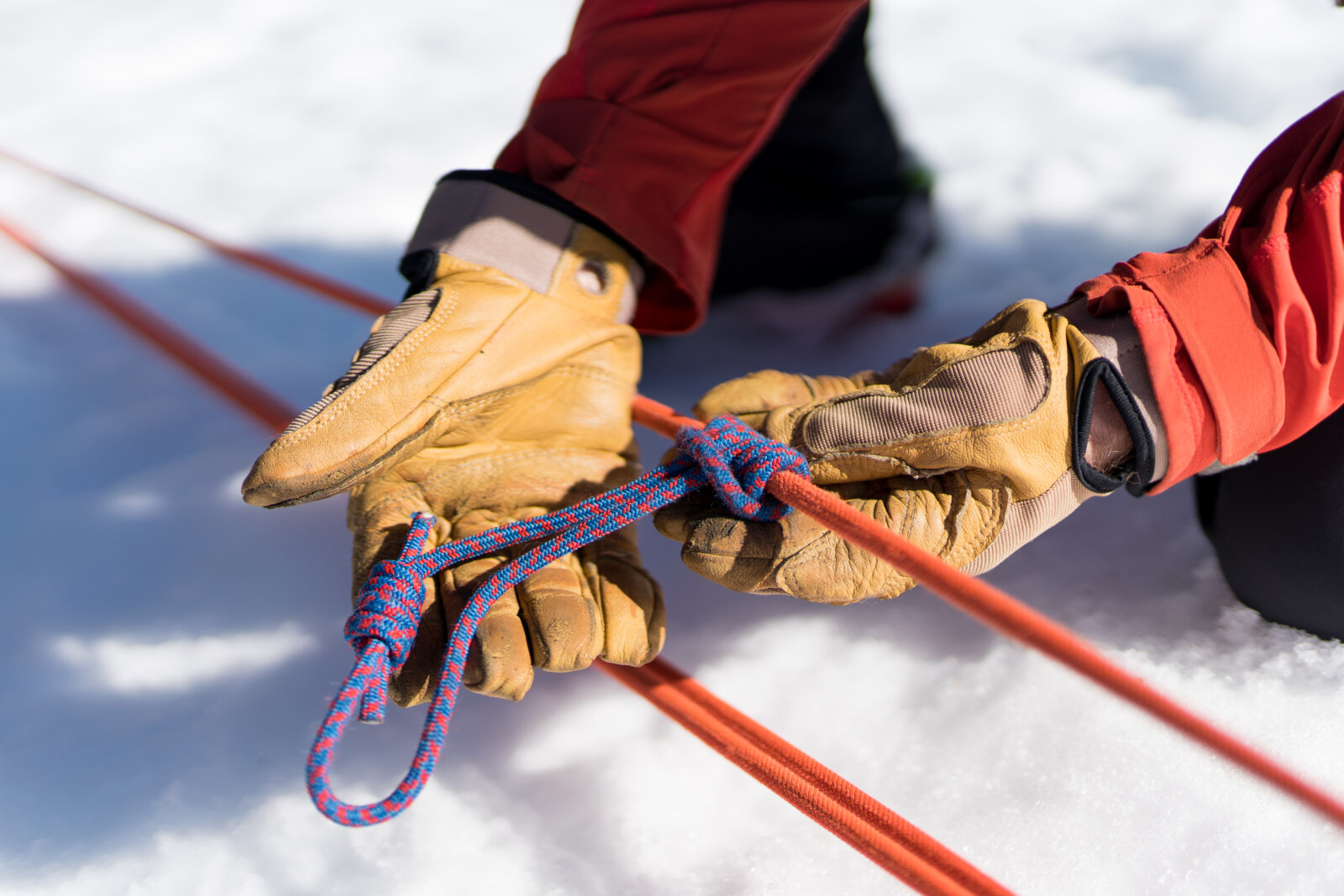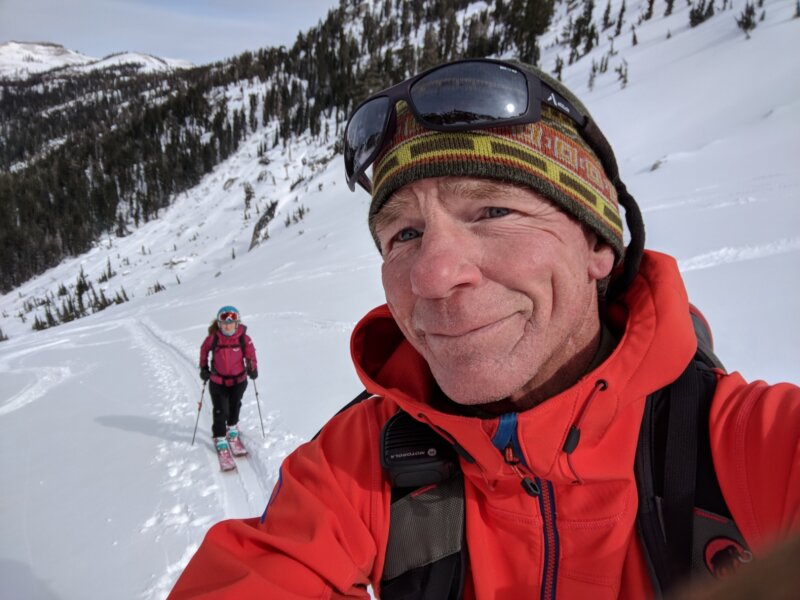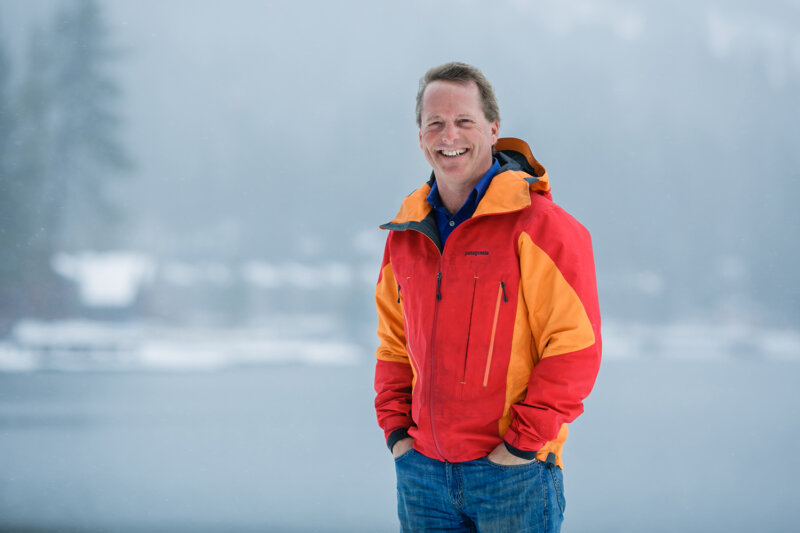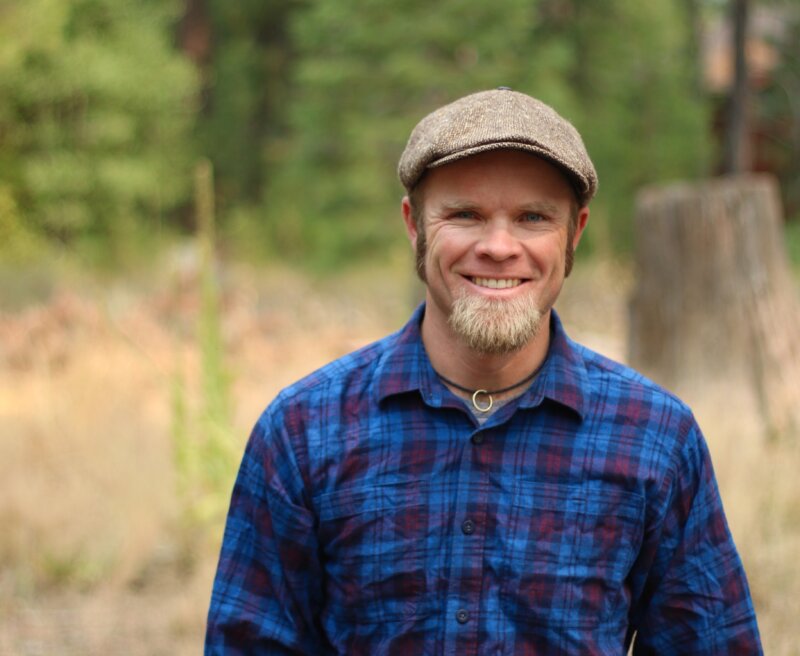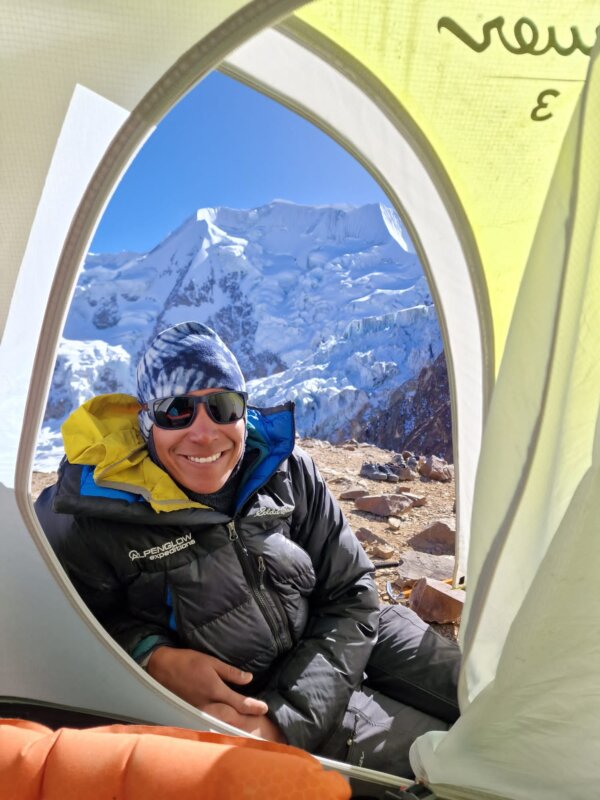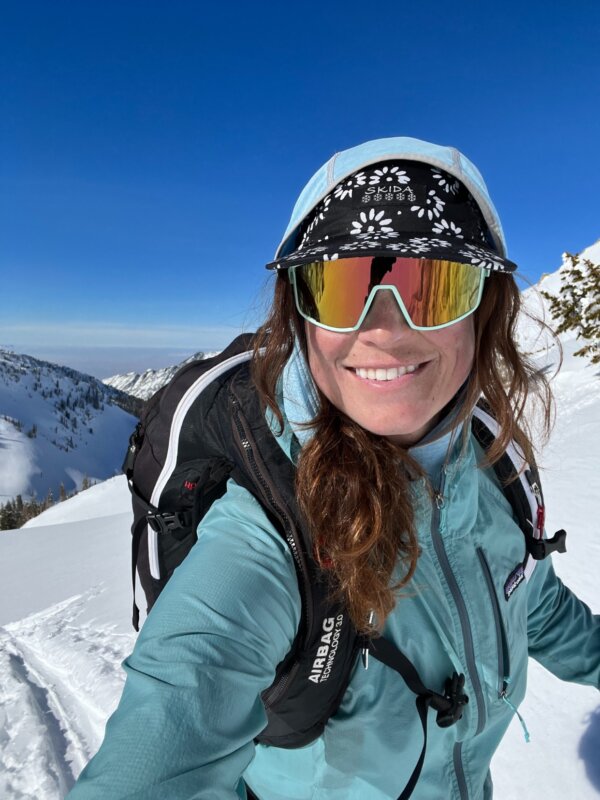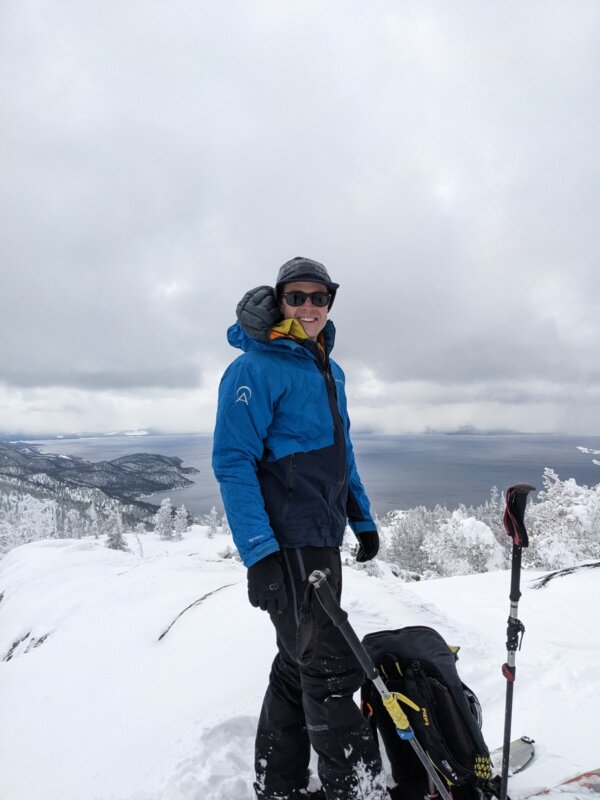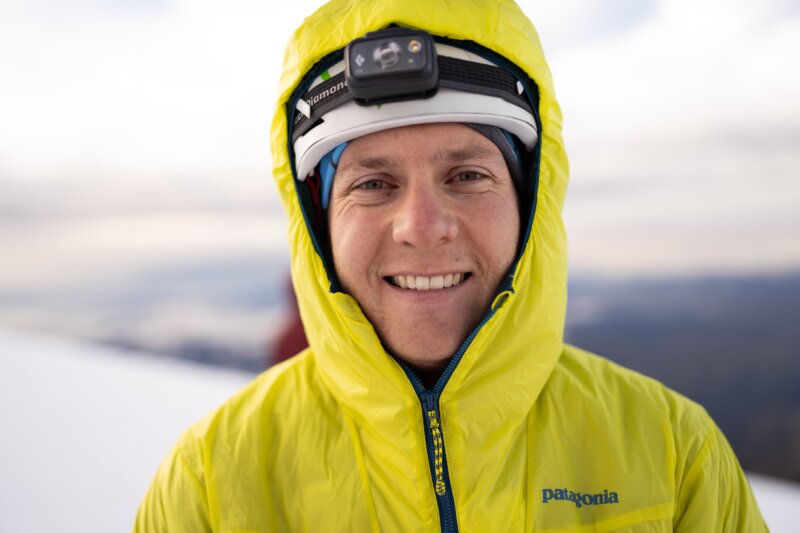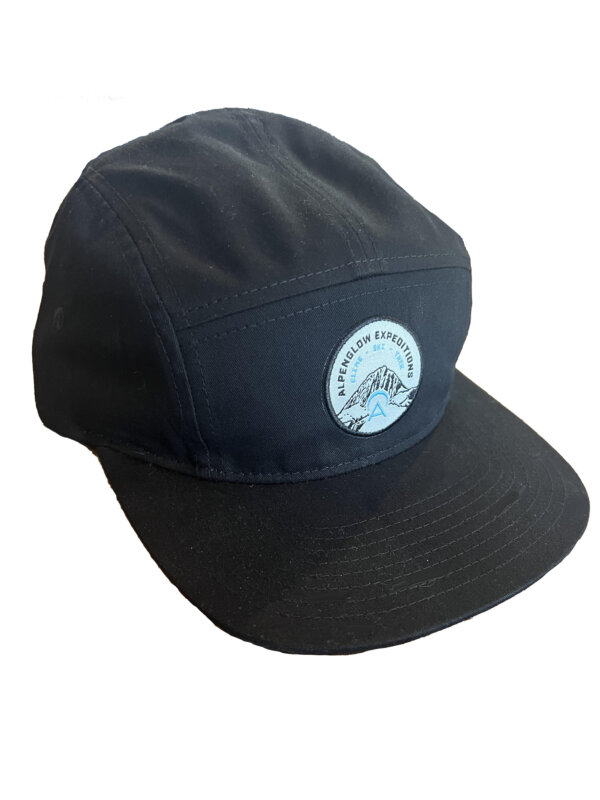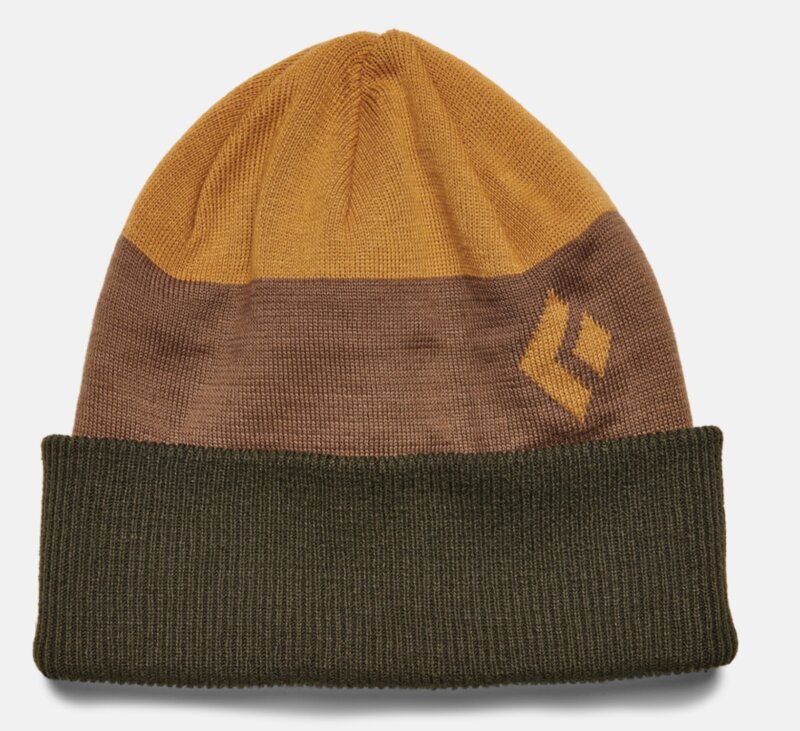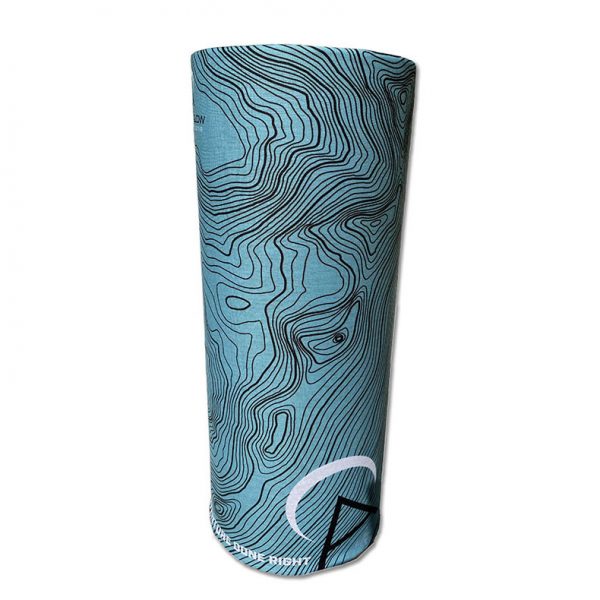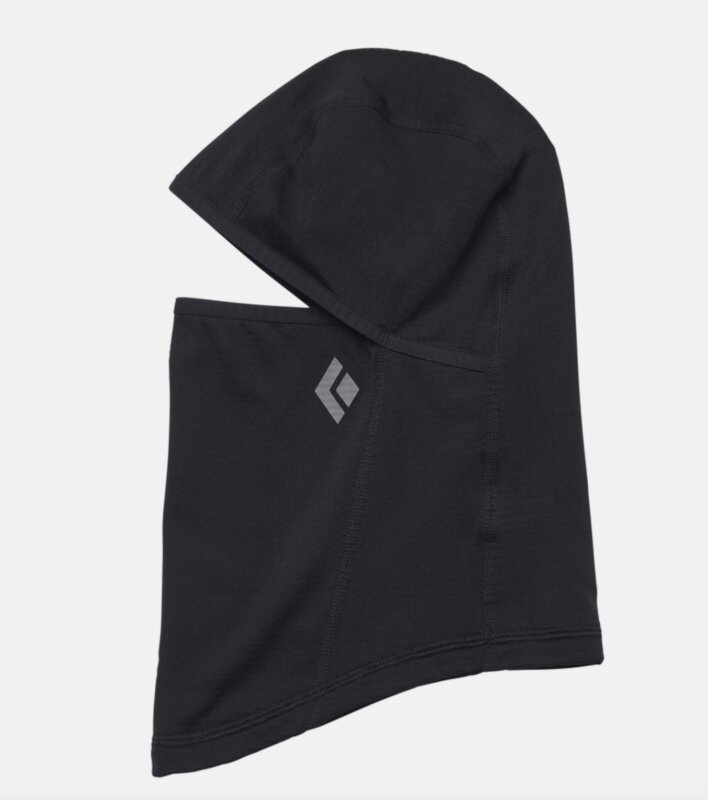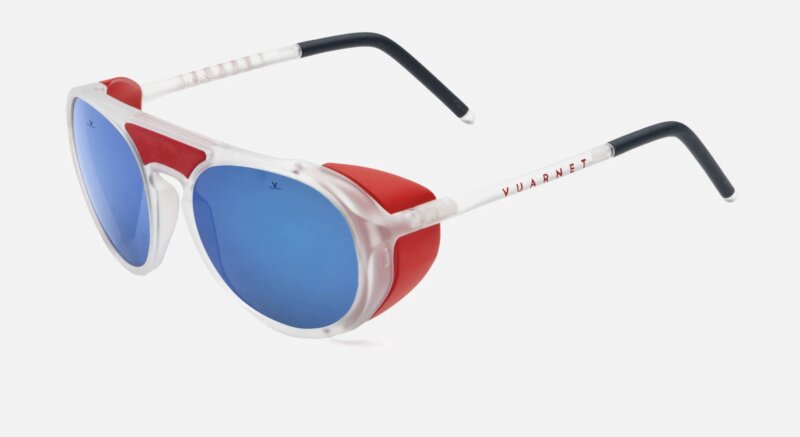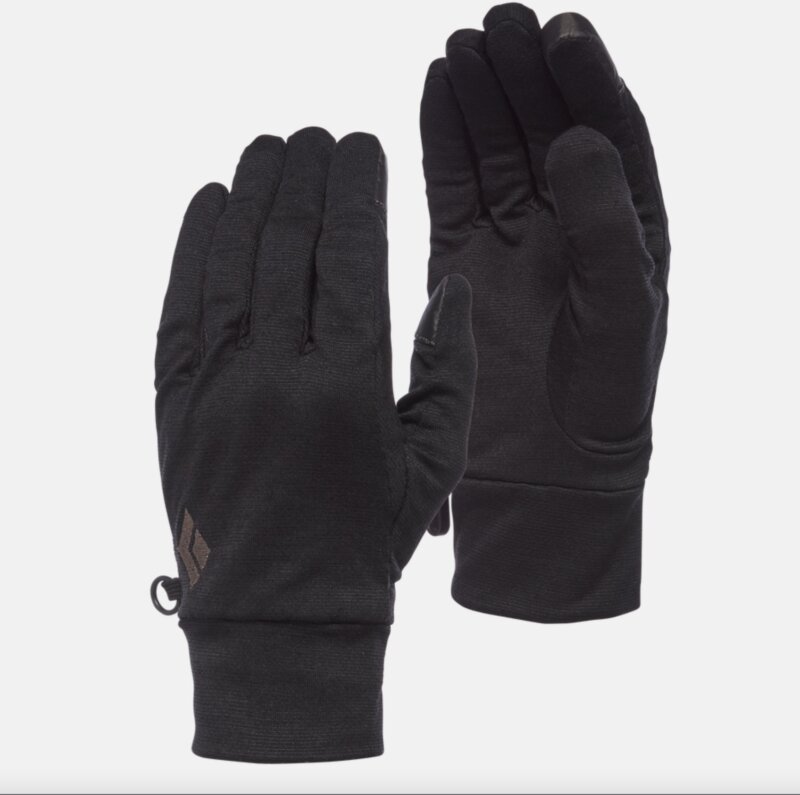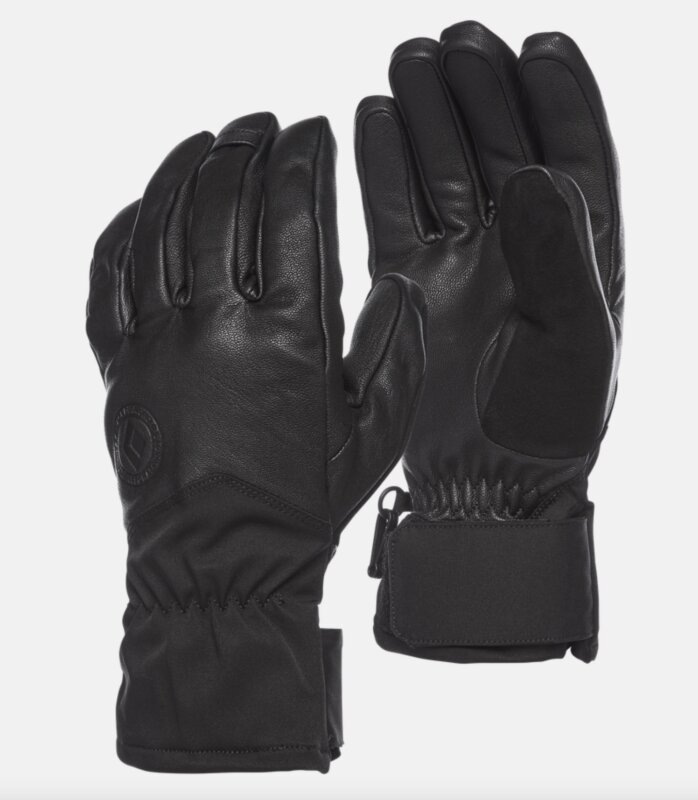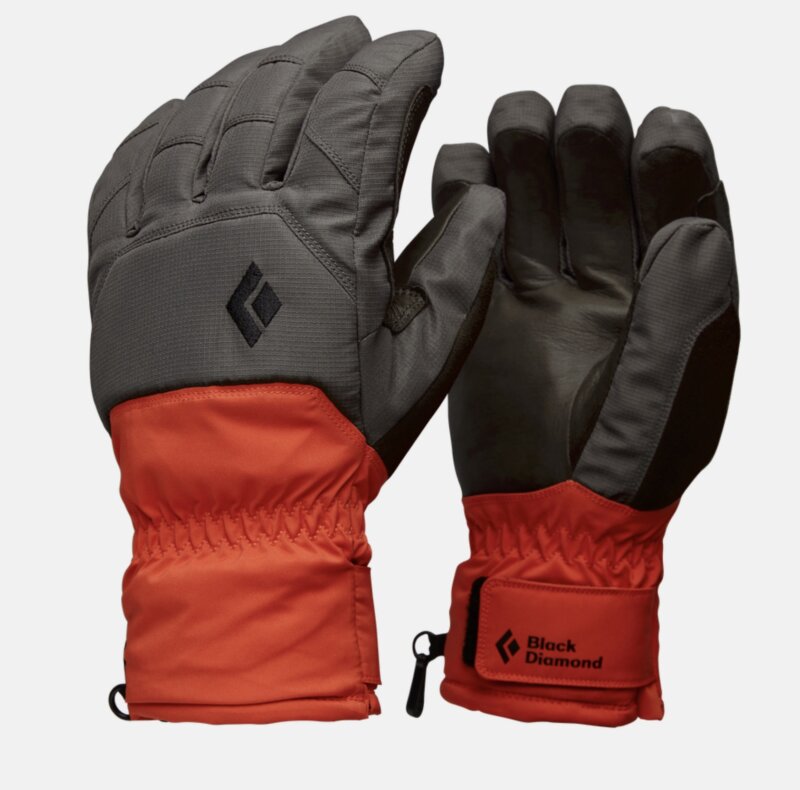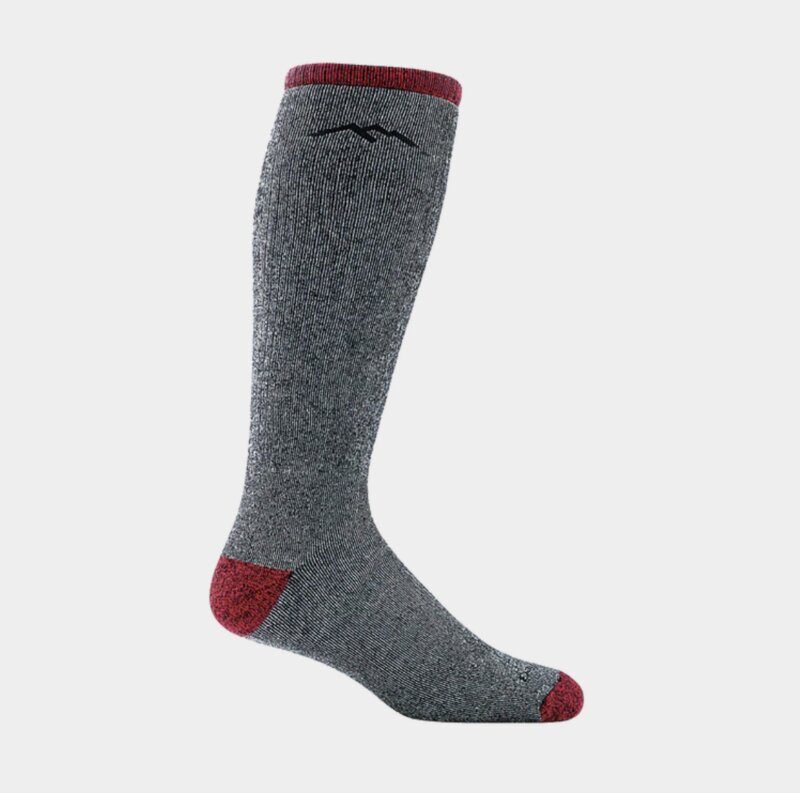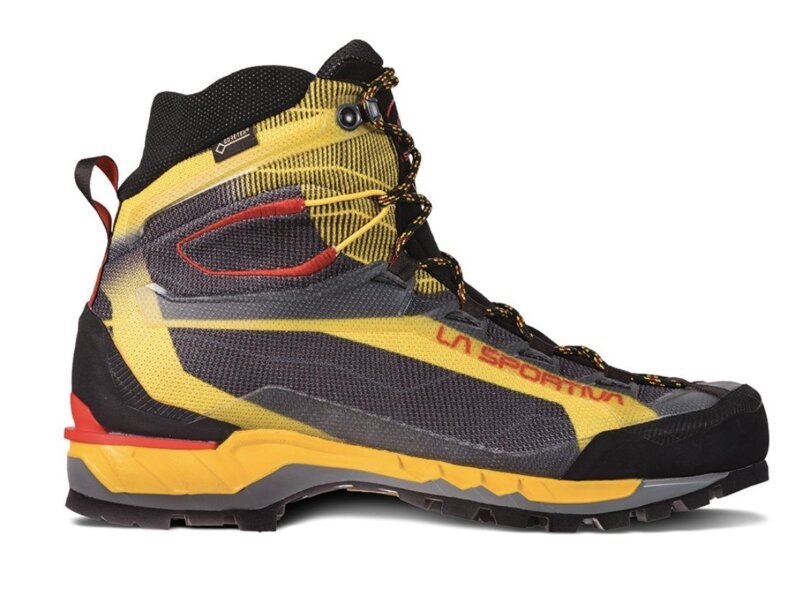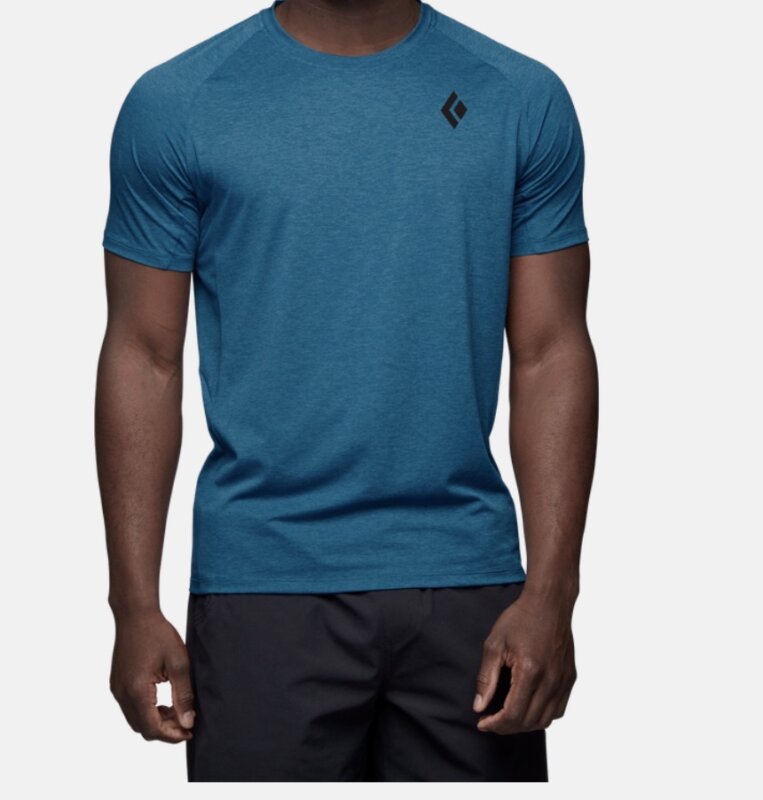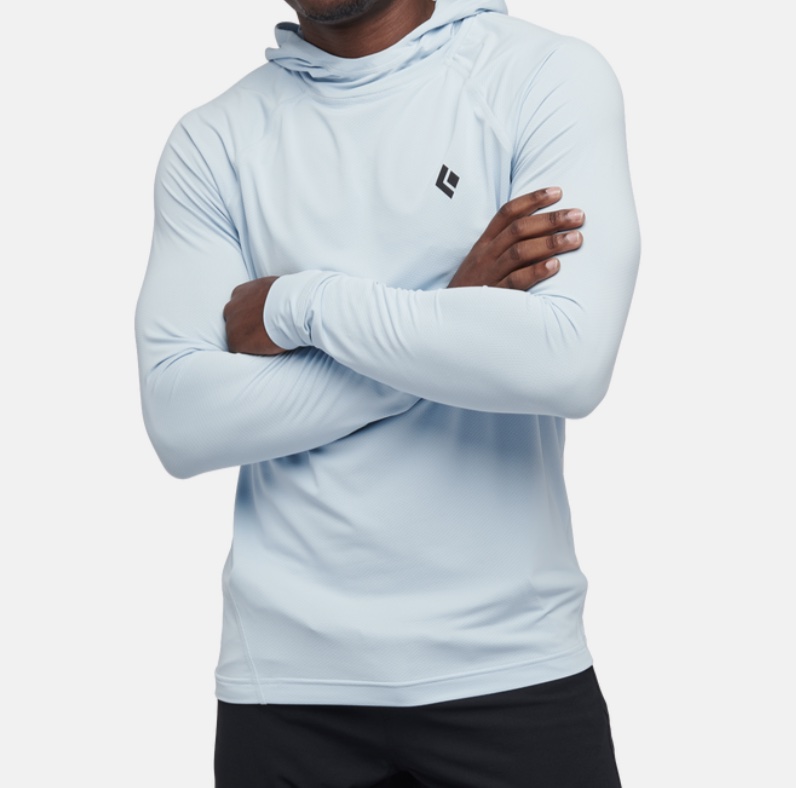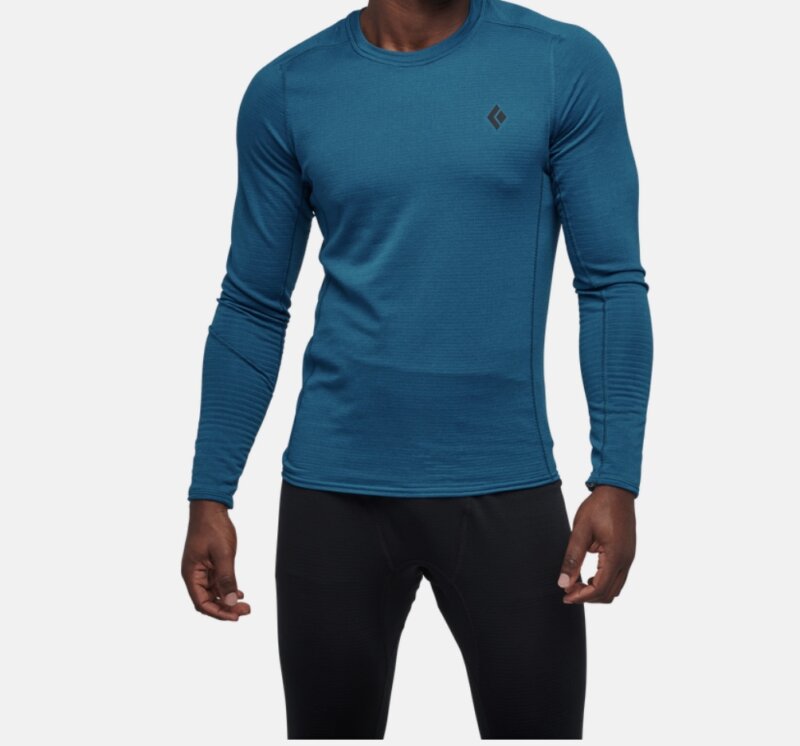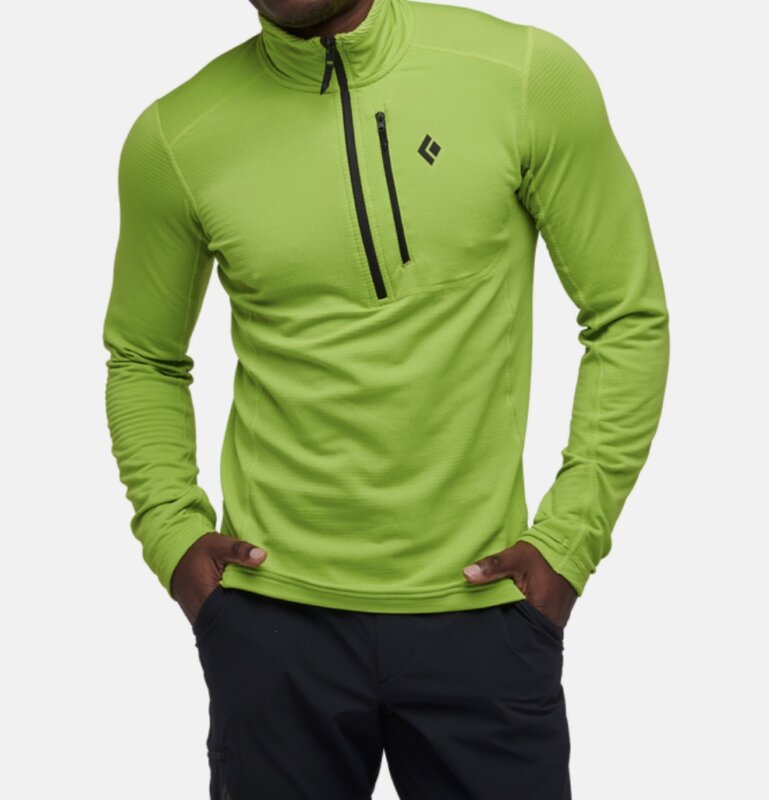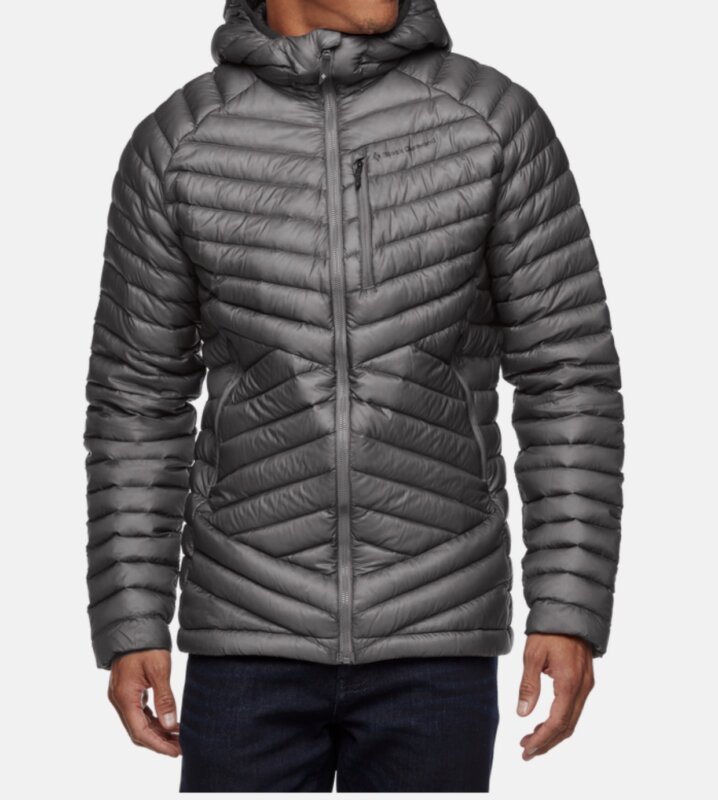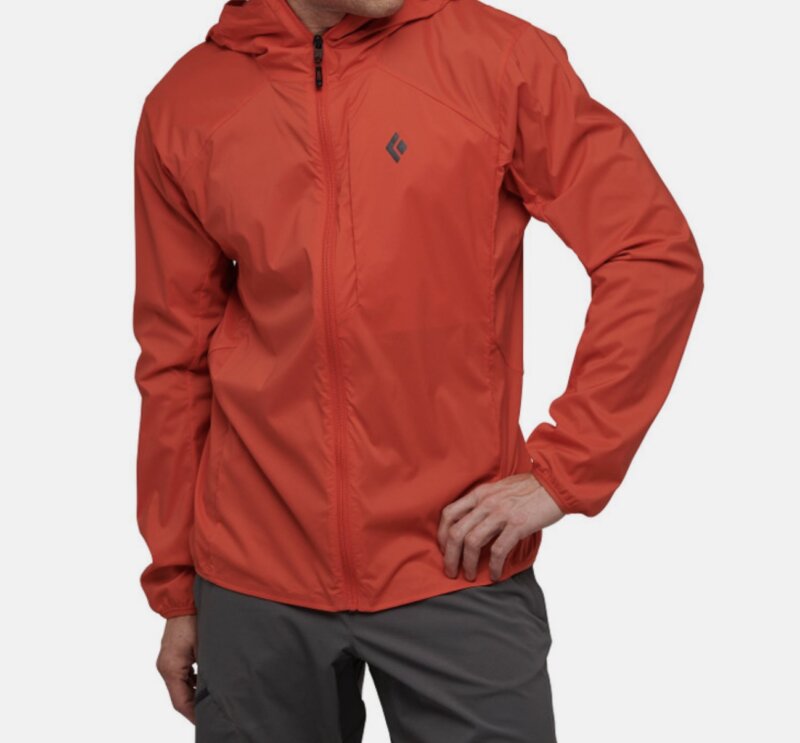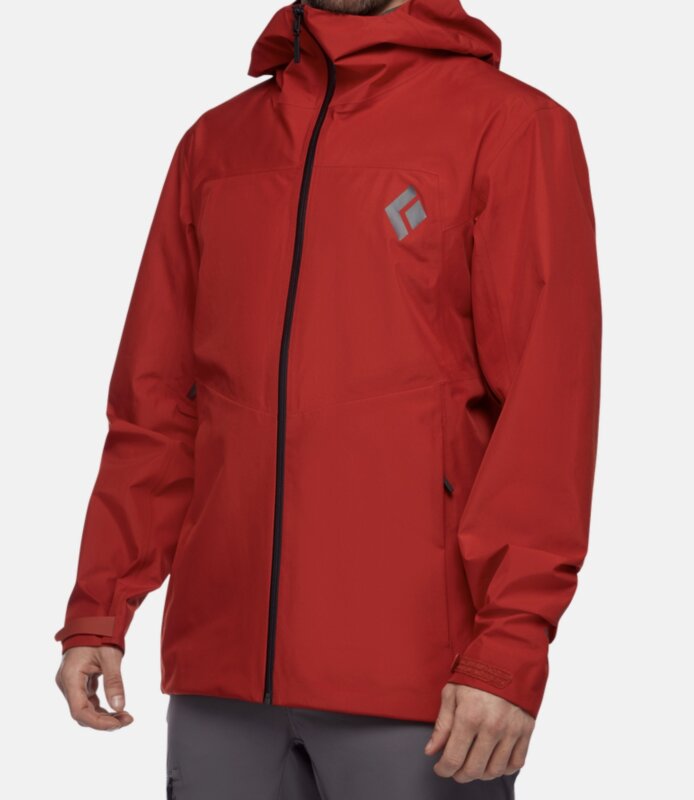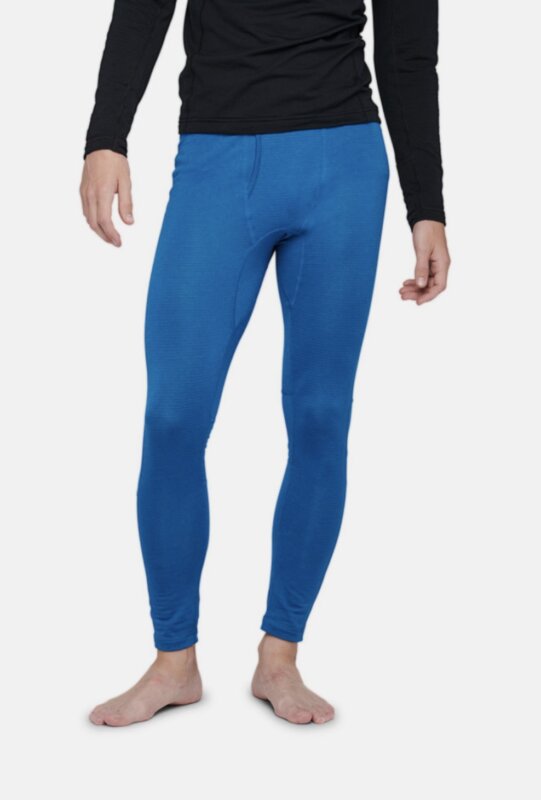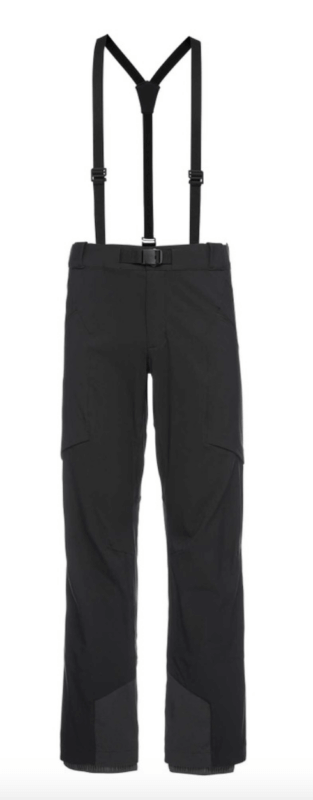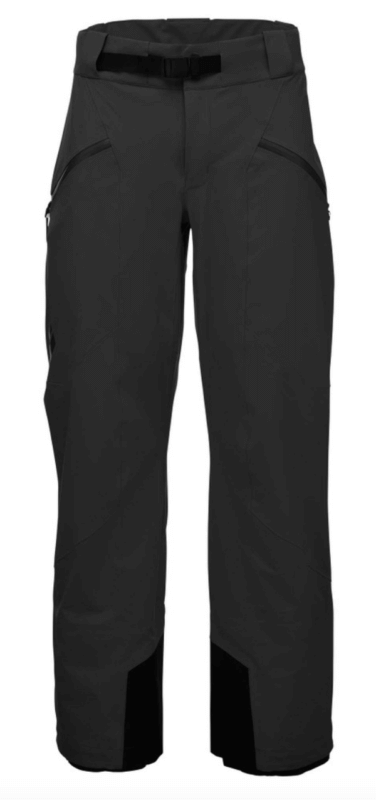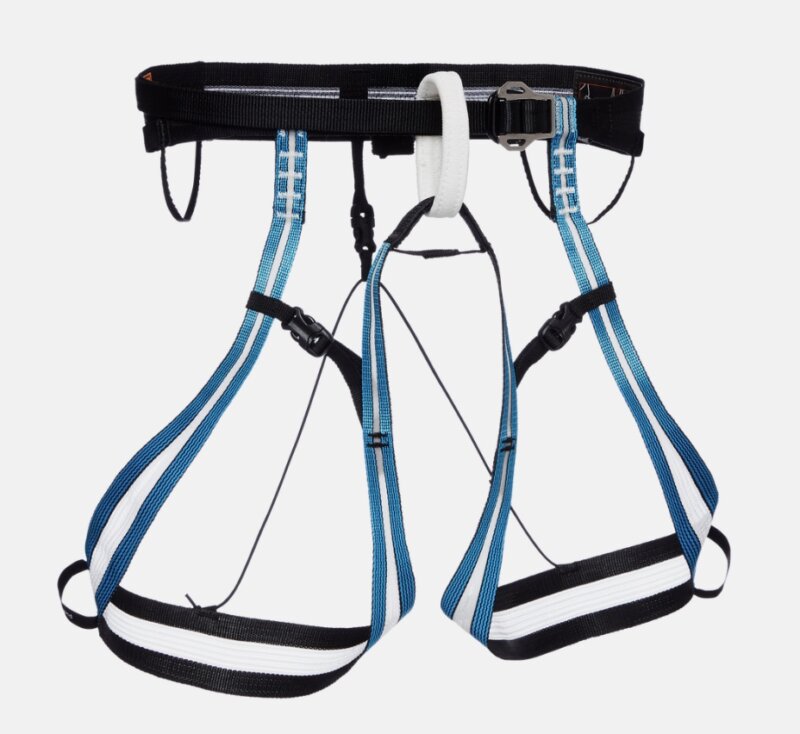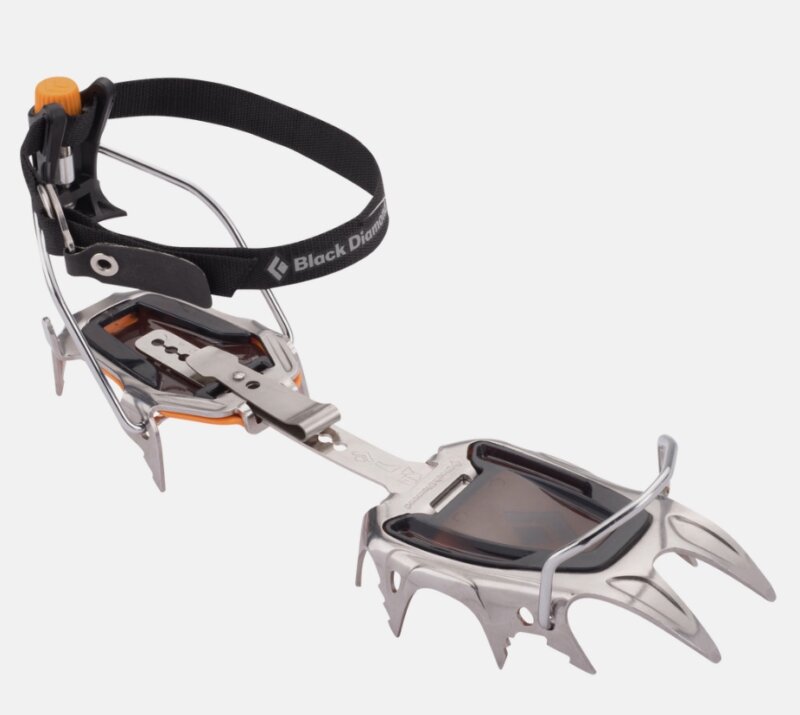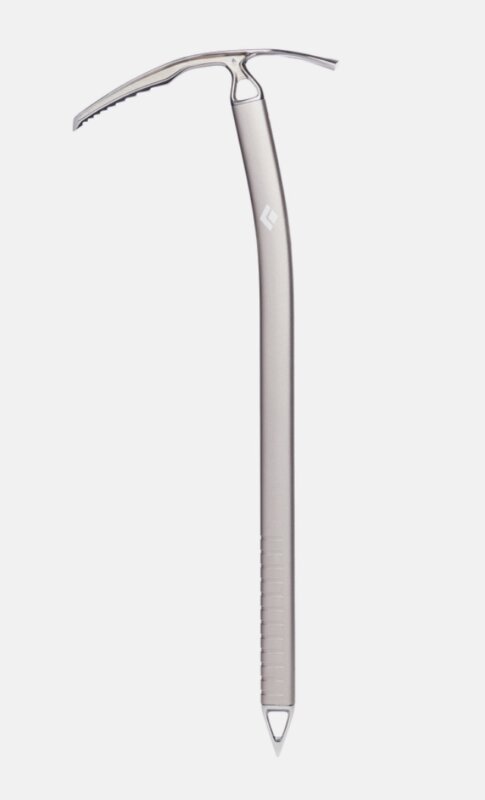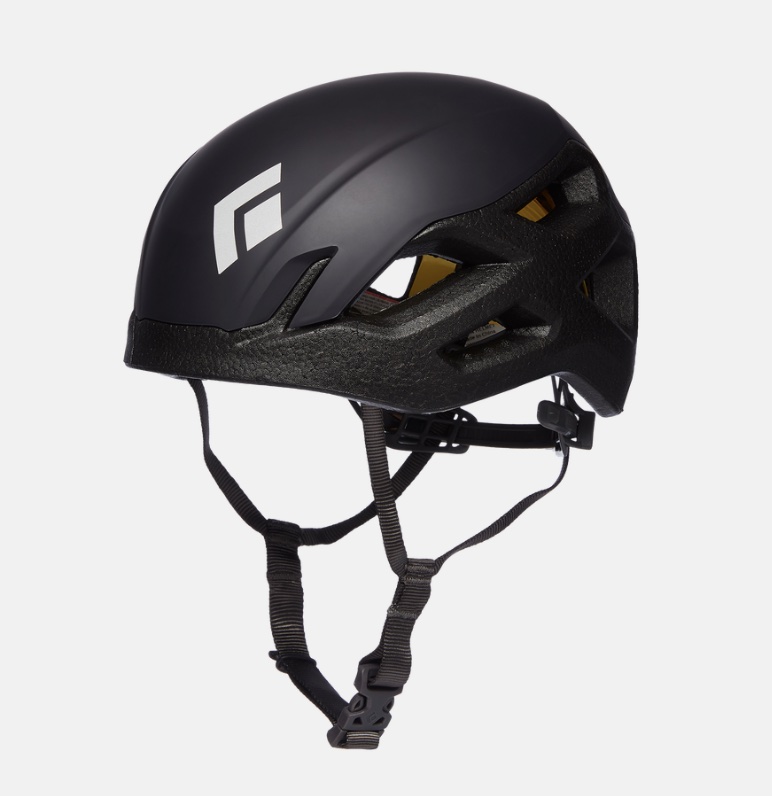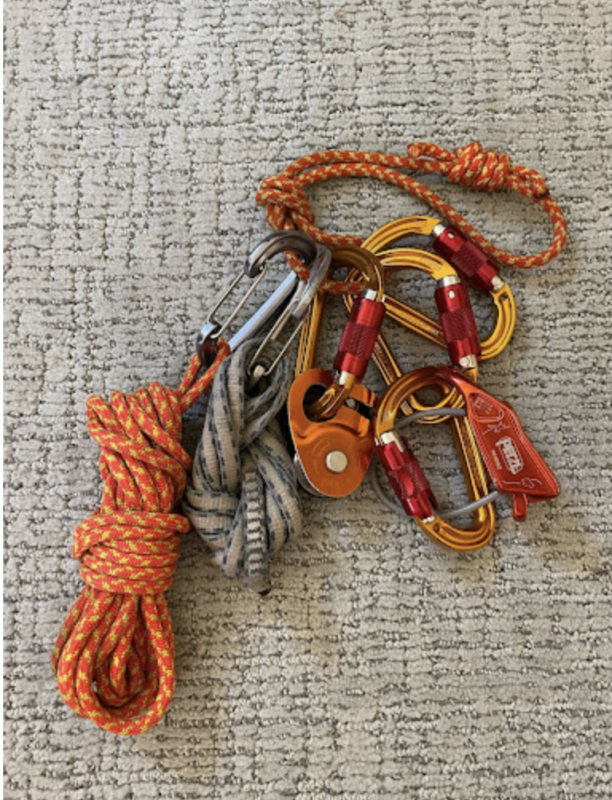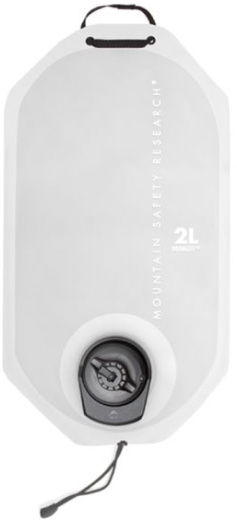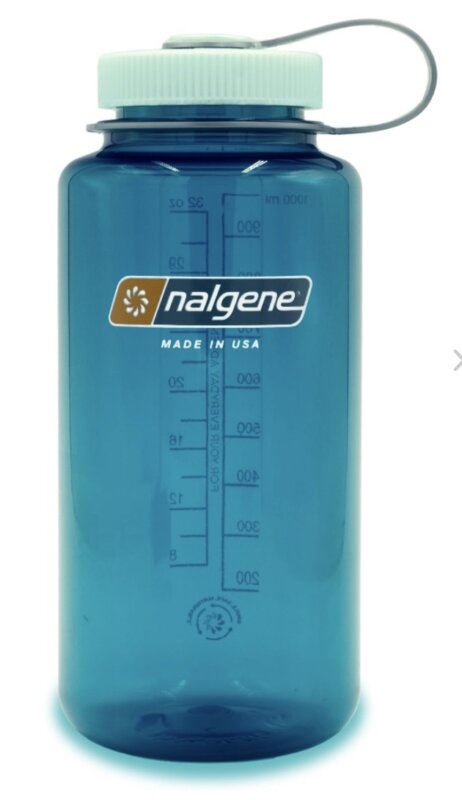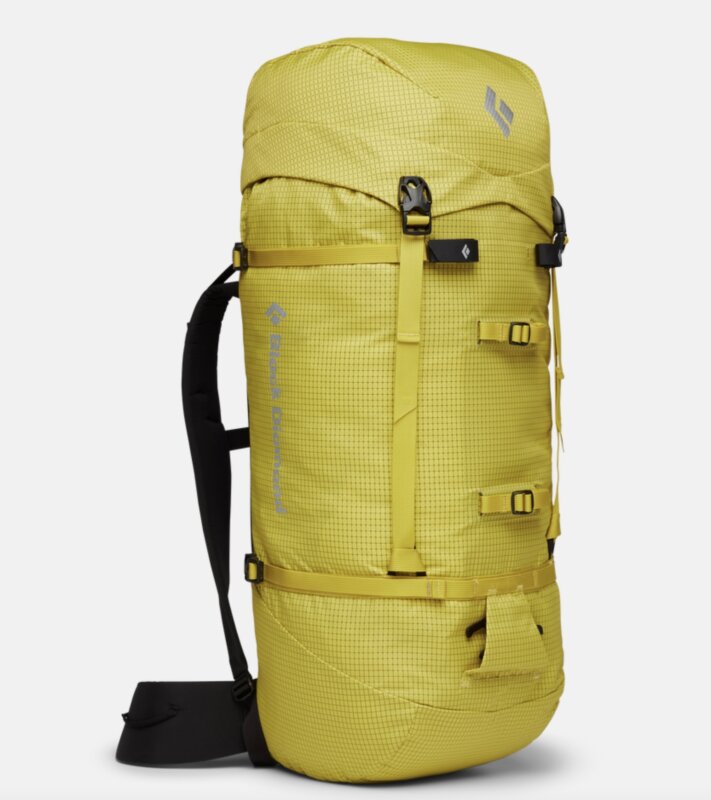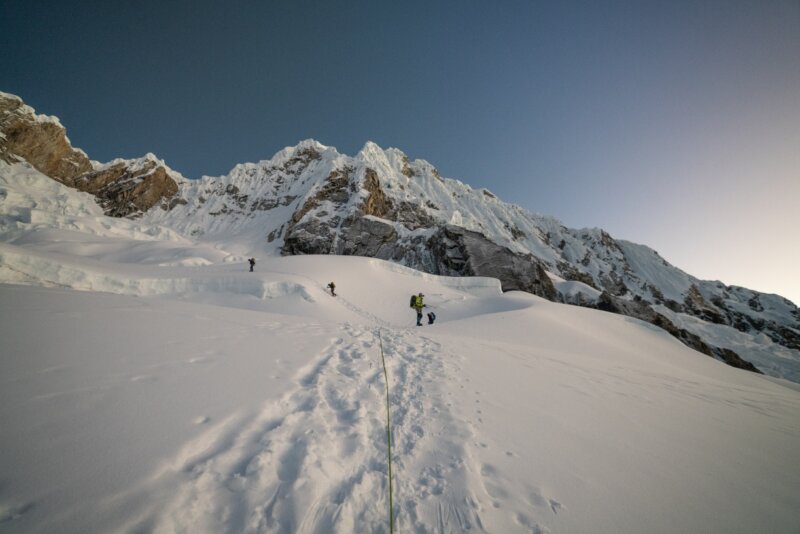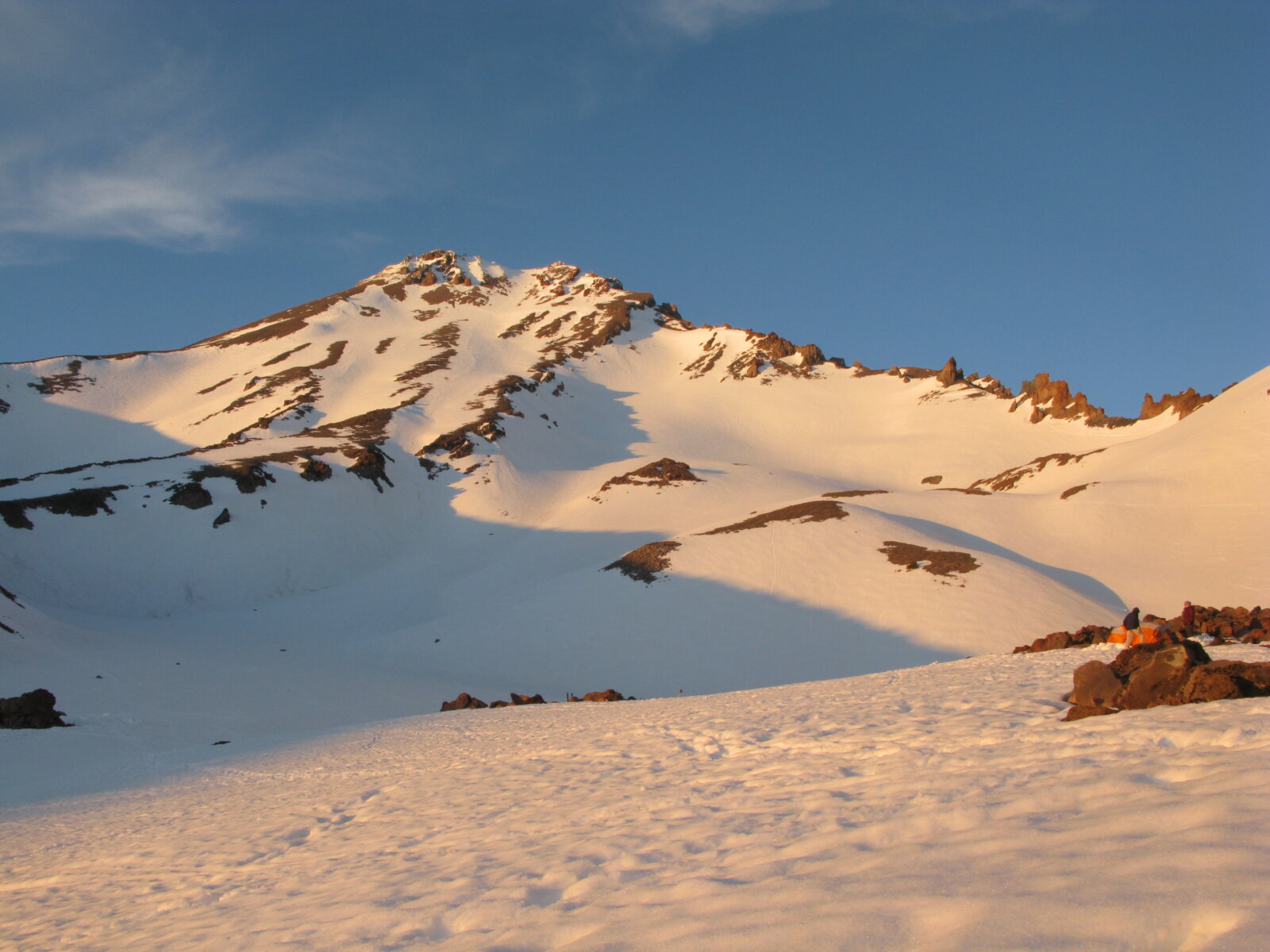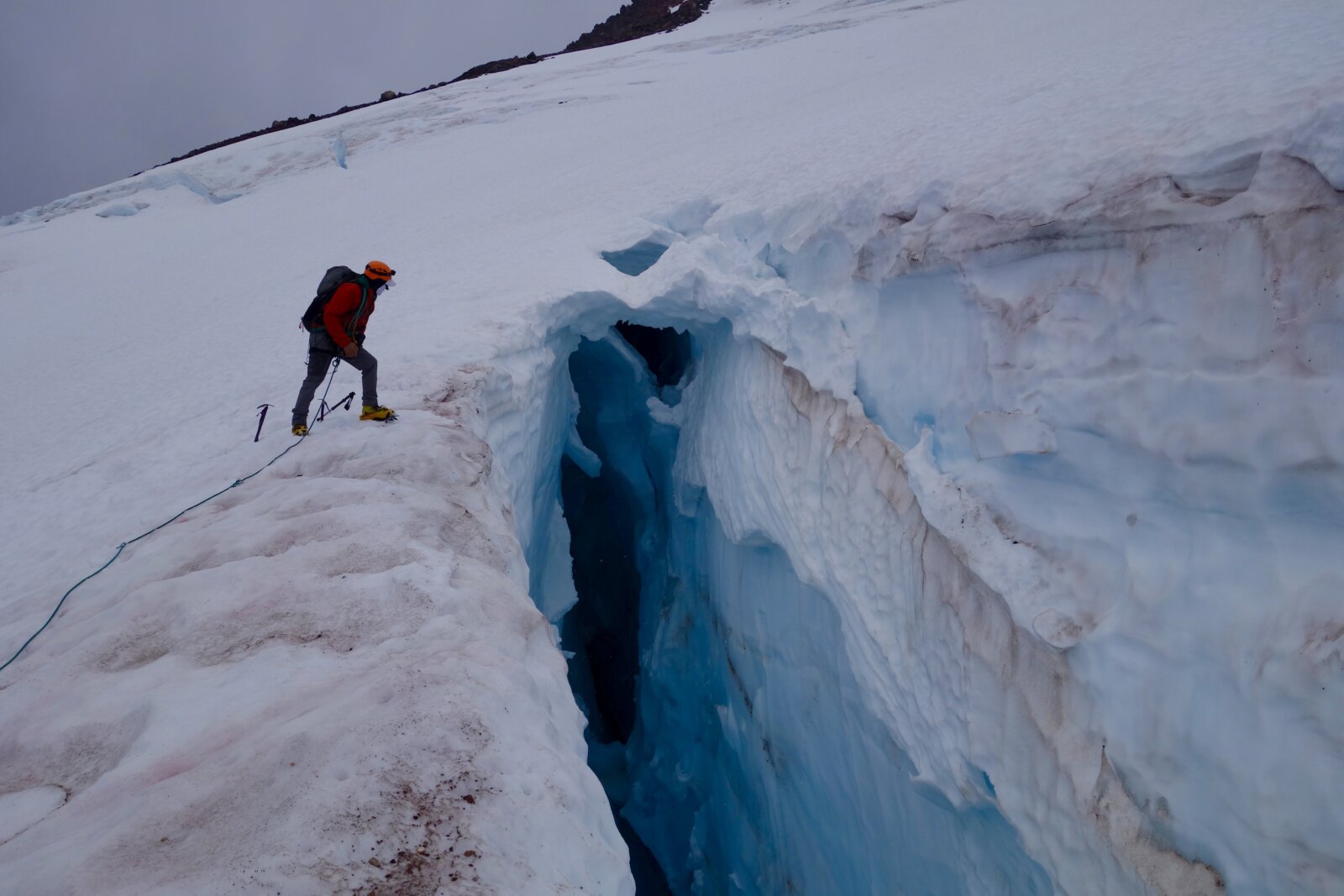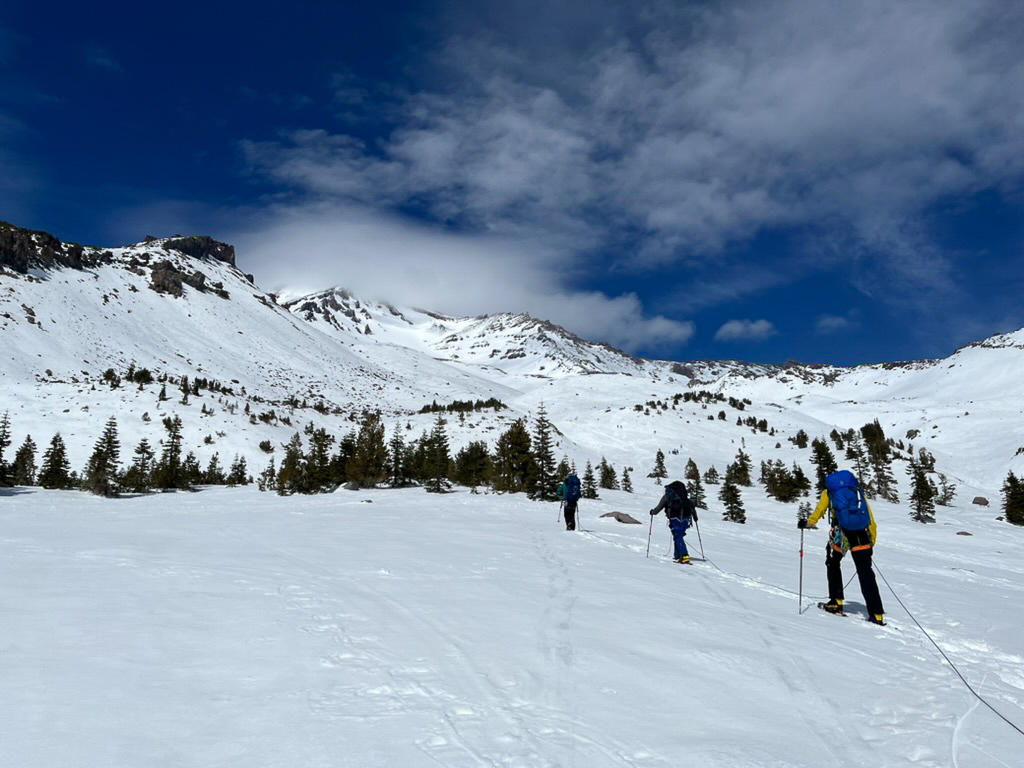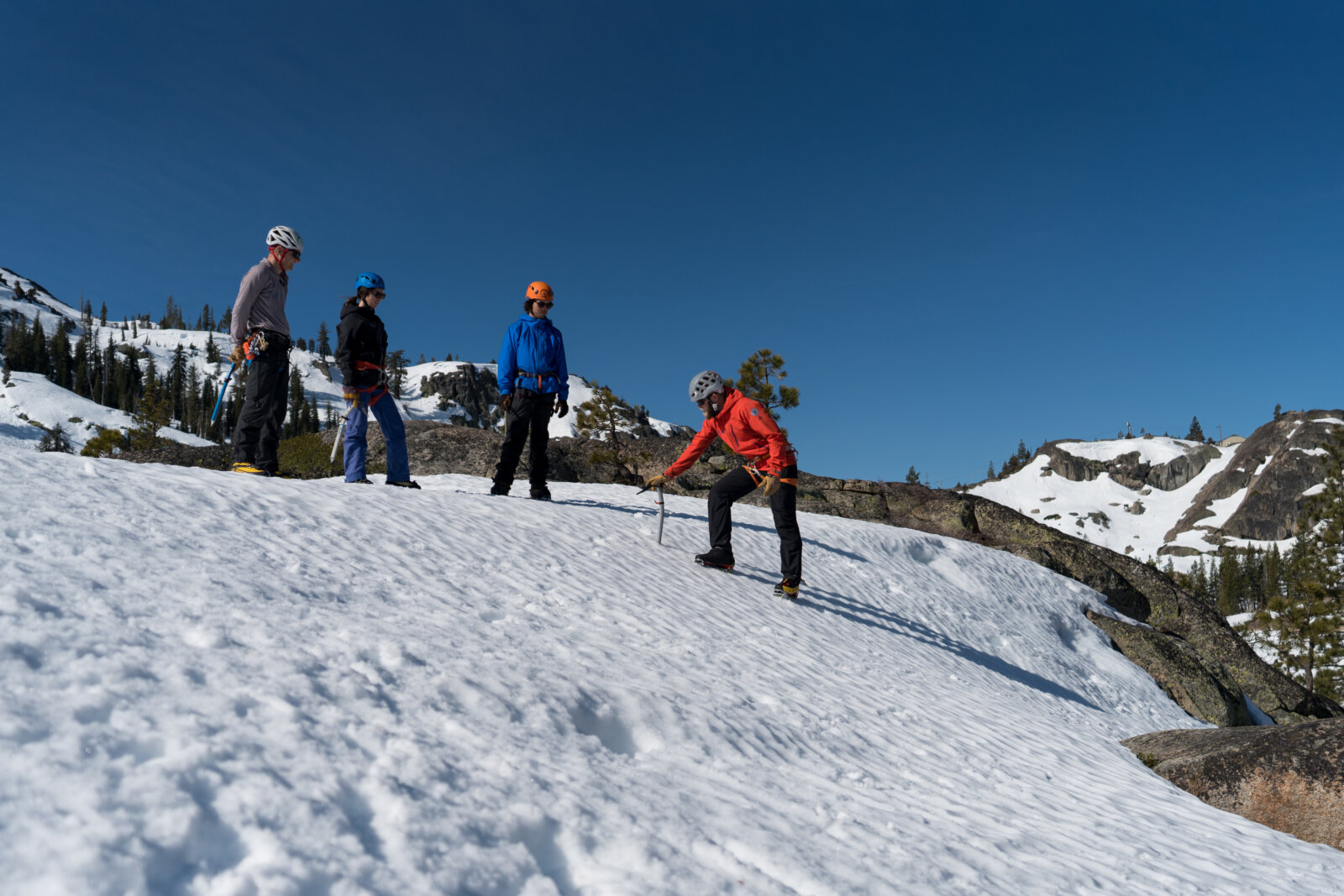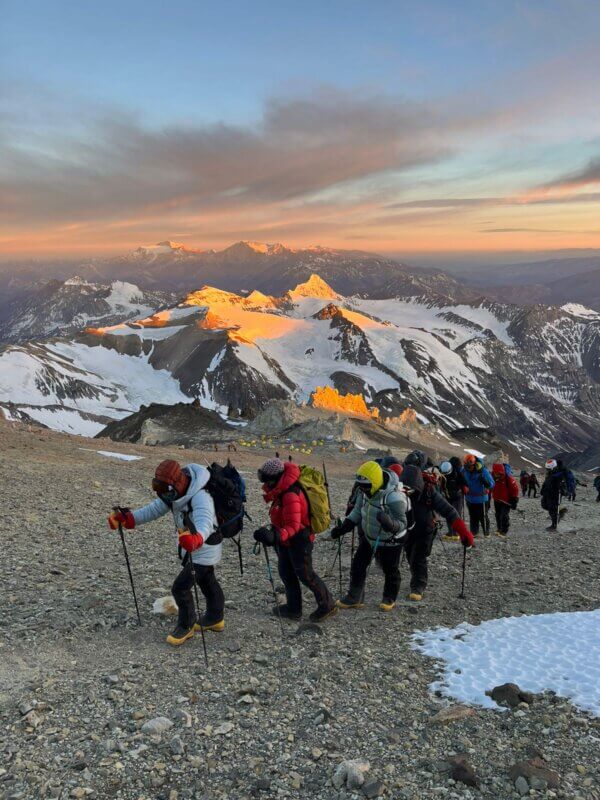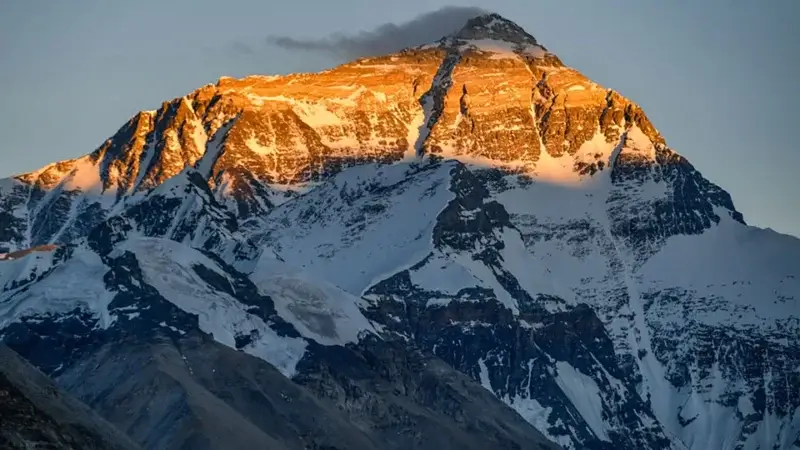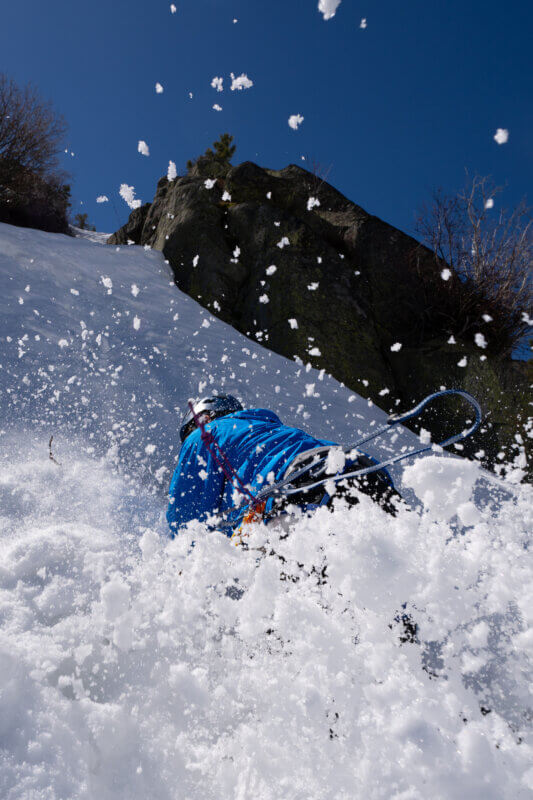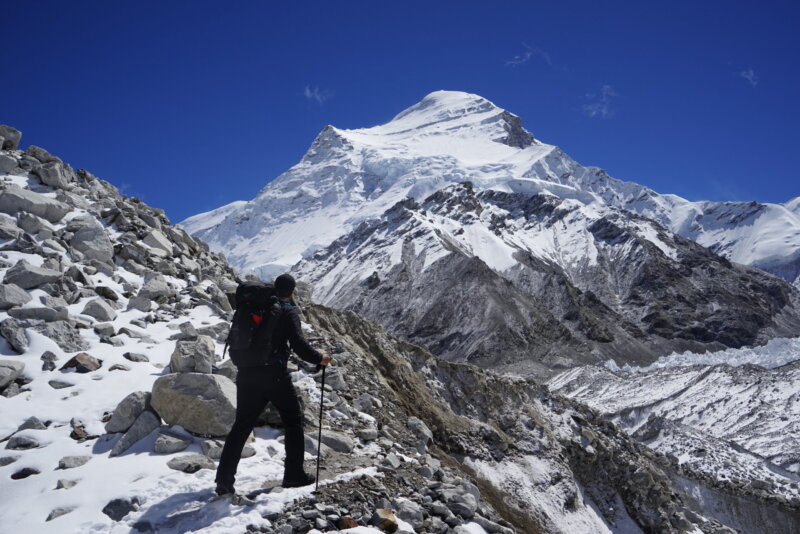Intro To Tahoe Mountaineering Course
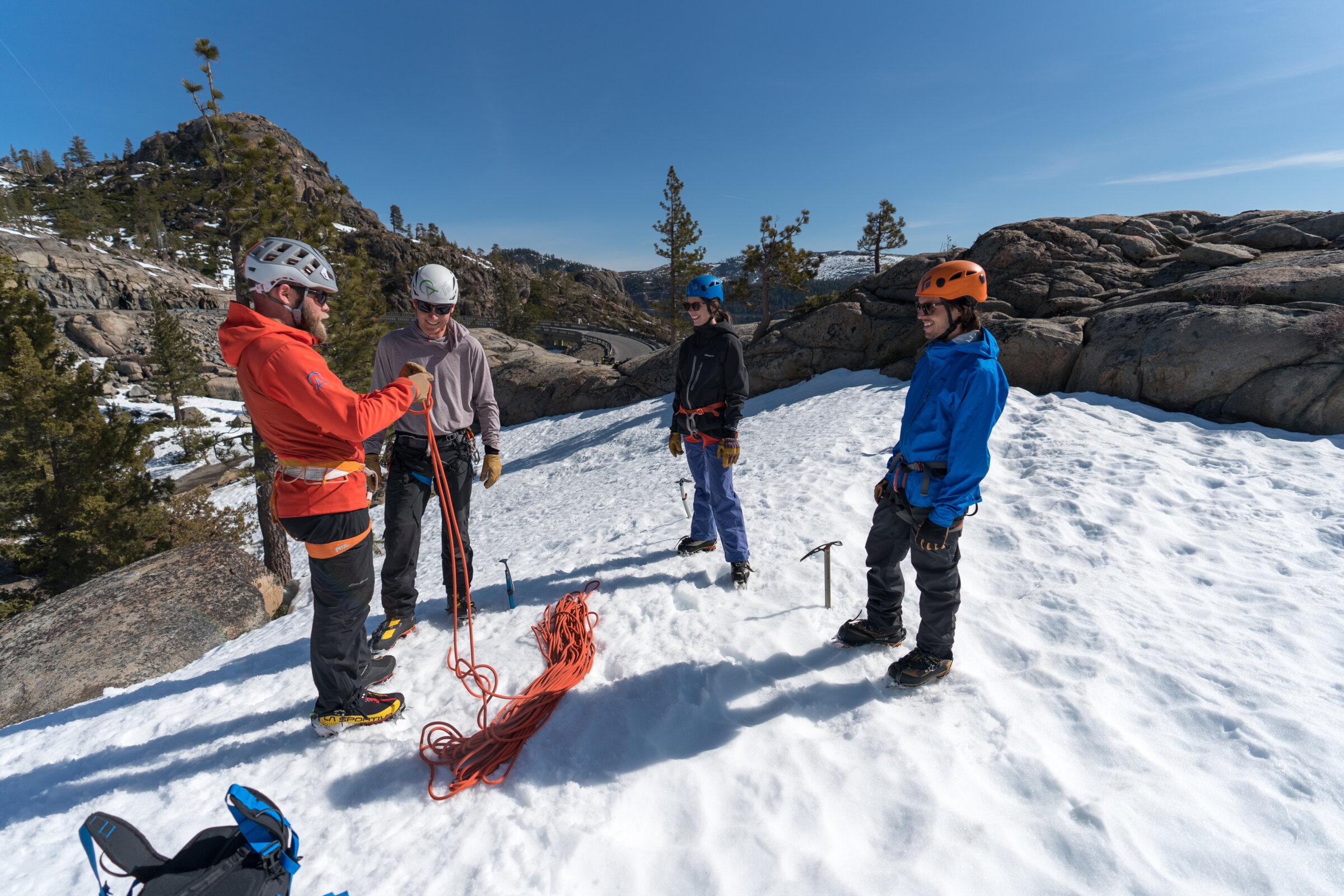
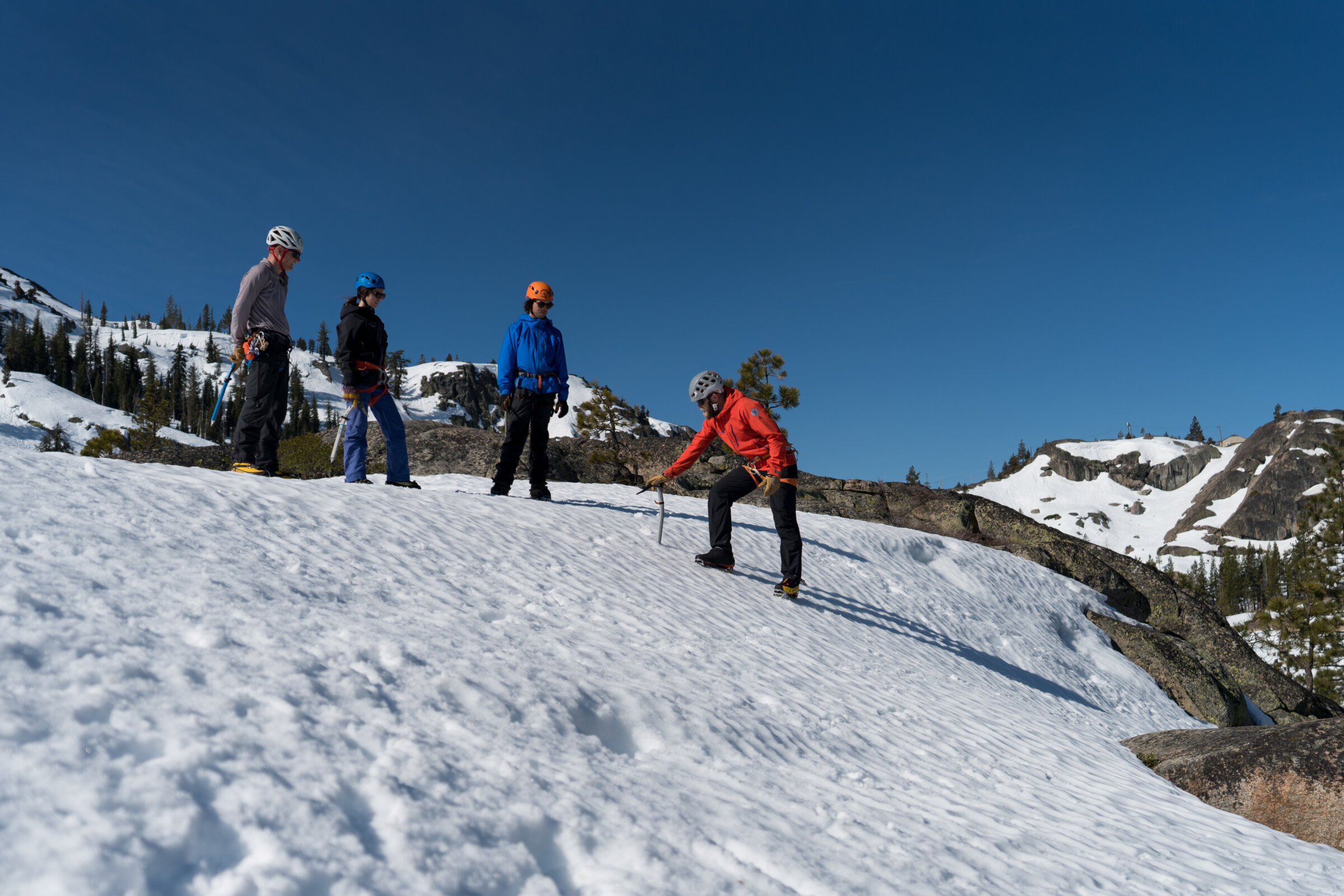
Intro To Mountaineering in Lake Tahoe
This Introduction To Mountaineering course, based in the Sierra Nevada mountains of California, is designed to teach basic mountaineering skills and prepare aspiring mountaineers for the high-altitude peaks they dream of climbing around the world.
While these mountaineering skills can be developed on one of our International Climbing Schools (Ecuador Climbing School, Mexico Climbing School, and Peru Climbing School), building a solid mountaineering foundation here in California sets climbers up for even more success as they add in the factors of high altitude and expedition climbing to their climbing experience.
- 8-9AM
- Morning Meeting
Meet and great, discuss groups climbing experience and goals/dreams, schedule of the day/curriculum, principles and importance of Leave no Trace outdoor ethics.
- 9-10AM
- Intro to Mountaineering
- The learning begins with a discussion on the different styles of mountain climbing, and the differences in equipment options and selection of equipment based on objective
- Helmet (ski vs. climb), Harness (light weight vs heavy rock), Axe (length, style, 1vs.2), Crampons (Steel, Aluminum, Hybrid, Attachment style), Boots (Single, Double, etc), Apparel and Packing fundamentals.
- 10-3:30PM
- Field Session
Moving to the field, we get down to business. Skills covered are:
– Introduce Crampons, the importance of good footwork and simple movement progression on moderate angle snow.
– Introduce the Ice Axe, its purpose, how to hold (self-belay vs self-arrest), and how to integrate into the movement progression.
– Further refine the movement progression, both diagonal and direct ascent.
– Self-arrest practice, while stressing the importance of careful climbing to avoid falls.
– Introduction to the rope:
– When to add a rope to the system
– Actual vs perceived security
– Basic types of ropes, rigging and their application
– Knots and hitches
– Basic snow anchors and belays
– Rappelling - 3:30-4PM
- Course Close
- Review of skills taught
- Next Steps
- Limitations of course
